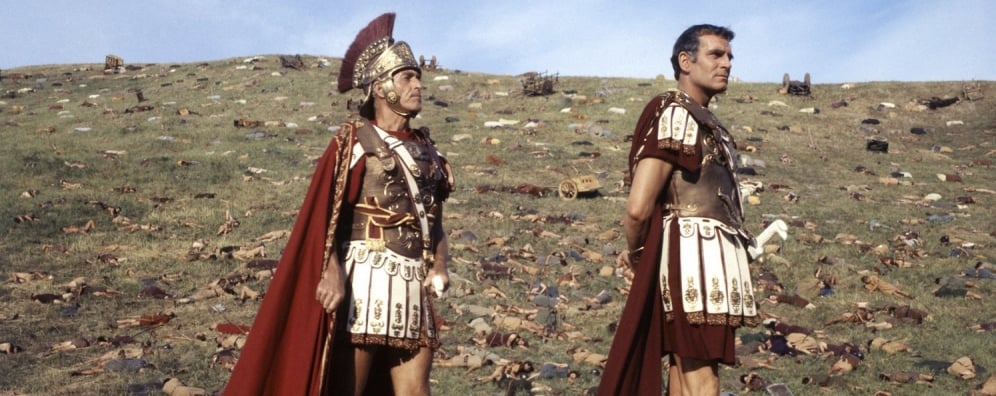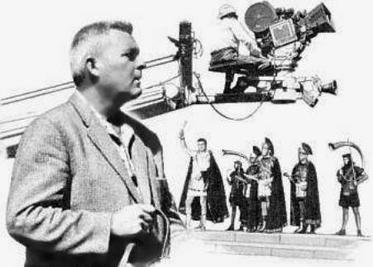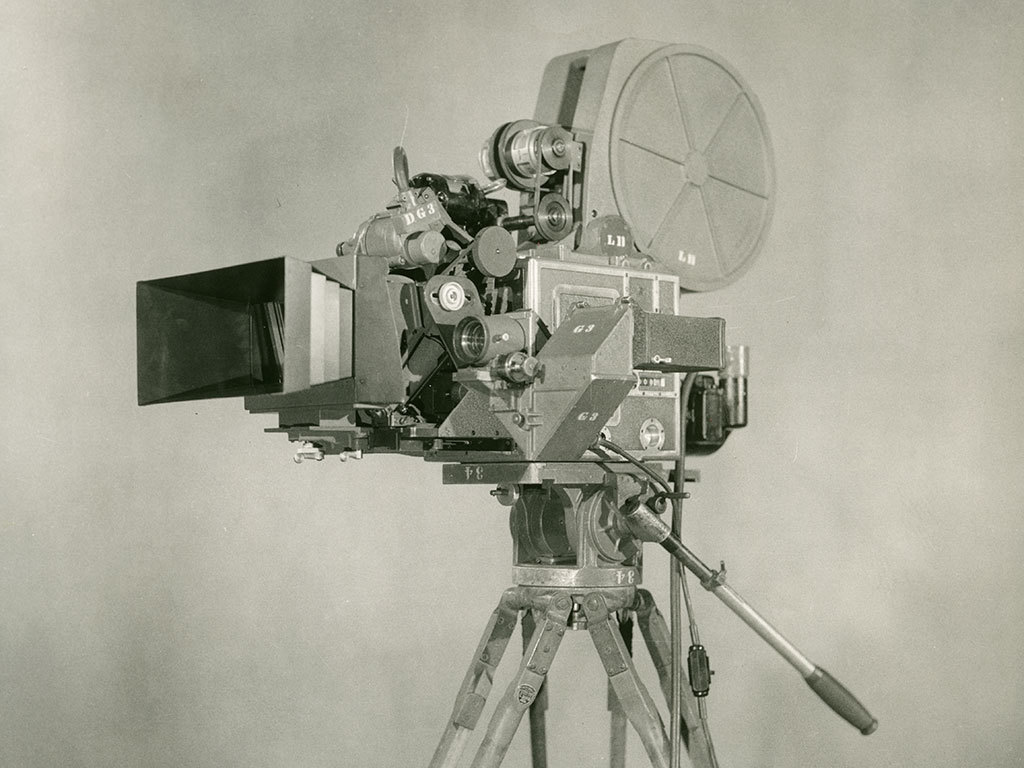
Beyond The Frame: Spartacus
While Stanley Kubrick and Russell Metty, ASC famously did not see eye-to-eye, the result of their collaboration was exceptional.

Directed by Stanley Kubrick and photographed by Russell Metty, ASC, the historical epic Spartacus (1960) was one of the most expensive films produced in Hollywood at that time, with a budget exceeding $12 million. ($100 million in adjusted U.S. dollars.)
Starring Kirk Douglas, Tony Curtis, Jean Simmons, Woody Strode, Peter Ustinov, Charles Laughton and Laurence Olivier, the picture employed more than 10,000 people and stayed in production for some 167 shooting days.
Below, Metty’s crew sets up a shot on Olivier as ambitious Roman senator Marcus Licinius Crassus with a modified three-strip Technicolor unit that had been converted by Mitchell Camera Corporation for 8-perf 35mm production.

The proprietary Technirama anamorphic format — created by Technicolor, with the film running horizontally through the gate — was physically identical to Paramount's VistaVision, and featured a negative that was twice the size of 20th Century Fox's CinemaScope.
This was the height of Hollywood's infatuation with delivering "spectacle" in the effort to lure audiences away from the growing pull of television.

For standard 35mm print distribution, the 8-perf Technirama horizontal negative would be reduced optically, incorporating a 1.33:1 horizontal squeeze, to create normal 4-perf (vertically running) prints with images having an anamorphic ratio of 2:1.
The few audiences that experienced Spartacus in rare Super Technirama 70 prints (70mm with six-track sound) were dazzled by the film's visual impact.
While Kubrick and Metty famously did not see eye-to-eye, the cameraman earned the Academy Award for Best Color Cinematography:
The picture would win three other Oscars as well: Best Actor in a Supporting Role, Best Art Direction (Color), Best Costume Design (Color). Kubrick was not nominated.
This year, Spartacus was one of 25 films selected to be added to the National Film Registry in the Library of Congress as a motion picture that is “culturally, historically or aesthetically” significant.
If you enjoy archival and retrospective articles on classic and influential films, you'll find more AC historical coverage here.






